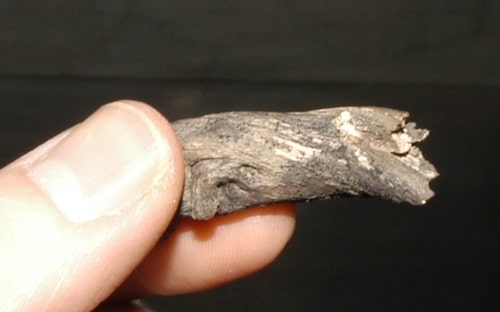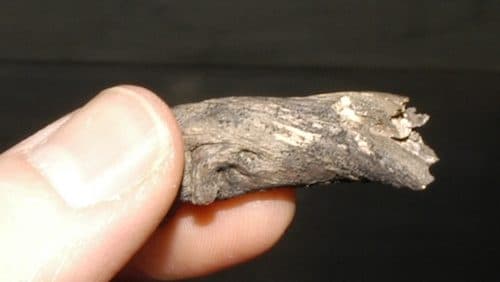Station hosts:
Mike Harding, AARD
Ron Howard, AARD
Sheau-Fang Hwang, AARD
Ralph Lange, Alberta Innovates
This was a 30 minute whirlwind of all canola diseases. We will have lots more on blackleg, sclerotinia and clubroot throughout the year. For now, here are a couple of interesting highlights from this station:
—Seed treatments are, for the most part, very effective against canola seedling diseases fusarium, pythium and rhizoctonia. But plant pathologists expect that continued tight canola rotations will select for seedling disease pathogens that will overcome these treatments. Tight rotations also mean more canola volunteers, which are not treated. These volunteer seedlings — and there are often lots and lots of them emerging — can provide a hospitable host for all seedling diseases. Even though most volunteers are eventually sprayed out, the damage may have already been done when it comes to building up the seedling pathogen population.
—Interesting fact about clubroot: Spore germination is not synchronous, meaning clubroot spores can germinate and infect canola roots in waves all through the season. Infection most likely to cause economic losses will occur early in the season, but root infection and gall formation can occur at any time through the season. One gall can produce billions of resting spores, so even if you don’t see damage for five years in a row, spore levels will still be building. When conditions are right for early infection, a field not seeded to a resistant variety could be wiped out.
—Blackleg is found throughout the entire province of Alberta and across the whole Prairies. Clubroot has the potential to spread throughout the entire province, and also possibly across the whole Prairies. Scouting for blackleg and clubroot is important in order to evaluate risk, and prepare a management strategy. Integrating management tools (crop rotation, switching varieties to protect resistance, seed treatment and foliar fungicides) give effective, sustainable control of disease.

